Description
Publication date: 2023
Editorial : Wearing out the World
Politics, Architecture and Sustainable Development
Karim Basbous
Read moreArchitecture is undergoing a crisis of conscience. To some minds, building has become almost an immoral act in the pay of an industry that depletes our ground soil, our natural resources, and our landscapes. Some architects lay fresh claims to virtue by counting on biobased materials and wrapping buildings up in insulation, while governments pin their hopes on the carbon credits market to do the work of what is euphemistically called the “green transition”. The contradictions are numerous and flagrant: the Cassandras spoiling the fun of unbridled capitalism call for frugality, but old habits die hard and growth indicators remain a major source of concern. The situation calls for more ambitious approaches, in particular where it concerns the major art form of architecture, to which our civilisations are so indebted. The present issue puts forward a new angle of attack, exploring the relationship between architectural projects and the system of production in its broadest sense. As the art of forms a society endows itself with, architecture has always sought inspiration in constraints to bring much more than a simple solution to a problem. This process, highly visible in Roman Antiquity and the modern age—the past century gave us many fine examples—is not over. It will come to the fore once again to renew our understanding of architectural and urban phenomena, serving not only a certain notion of progress as was the case in the past, but acting as a life raft for humanity itself. The loci we inhabit could become a project for a new society. Those are the stakes explored in this issue.
The way the world is wearing out is apparent first and foremost in the tangible reality of the landscape, which bears witness to transformations as they happen. Like Pier Paolo Pasolini worrying about changes to Orte in the text published in a previous issue, Jean-Christophe Bailly here makes the case for focusing on scales, memories, and relationships—in short, everything at stake in the verb “to cohabit”, sidelined by the system of production. Places and transitions are also fundamental to the art of cinema, which transforms reality by the mere fact of turning its gaze on it. Antonioni’s gaze in the film Il Deserto rosso inspired Olivier Gaudin to write a text in which the unsettled feeling triggered by certain landscapes became a means of representing the aporias of an industrialised world. Another source of critical reflection is the economic angle, understood as the fair distribution of means. This is Pierre Caye’s approach, drawing on Albertian concepts to shed light on the place of architectural projects in the history of the production of wealth. Similarly, Marc Lozza analyses a building that is simple yet exceptional, a worthy representative of an age when frugality was such an obvious choice for builders that it was not even framed in architectural theory. This issue also bears a political message. Salima Naji campaigns to preserve the quality of centuries-old constructions in Morocco that bear witness to collective memories, thoughtful building practices, and the social bond. Yann Legouis unmasks the meanings hidden in many directives, labels, and initiatives; along the same lines, Philippe Bihouix proposes a pragmatic plan for action on the basis of a scientific assessment of the present situation. The question of time is foregrounded in two texts: Paul Landauer studies dialogue with ruins, taking vestiges as a project tool, while Olivier Gahinet looks to construct a parsimonious architecture in which a given project’s architectural and urban properties are maintained even if its purpose changes. This overview would be incomplete without a critical assessment of industry: Pierre Veltz brings crucial light to bear on the material conditions of production. Dominique Bourg and Geneviève Azam complete the issue by measuring the crisis facing our century, the former taking the historical perspective of the relationship between mankind and nature, the latter looking from nature to mankind.
Three final non-thematic contributions round off this issue, on the topic of the architectural project per se. They bear a message of hope, blending contemplation and homage. Franck Forster presents a skilled analysis of José Oubrerie’s Miller House in the form of table talk. Emmanuelle and Laurent Beaudouin frame buildings as angels, while Laurent Salomon pays homage to three great architects—and friends—who died during the pandemic. We also wish to pay homage to our friend and fellow board member Mike Davis, who died last autumn. His thought will keep step with the century.
Translated from the French by Susan Pickford
Taking Architecture Beyond Project Design
Jean-Christophe Bailly
Read moreNeither the optimism of the building scene as depicted in the interplay of girders in Fernand Léger’s Builders, nor the dream-like visions of Max Ernst’s Entire City – two twentieth-century paintings – would be possible today. Cities and, like tem, architecture have moved on – but to where, they know not. While sacrosanct project designs maintain their idealist image, as thought nothing had happened, the world where upon which they land is no longer there. Today’s composite context – simultaneously alveolar and saturated, weighed down (when not devastated) by sheers numbers – escapes our grasp and vanishes. Given the stakes of a world in crisis, which seems doomed to disappropriation, it is high time to abandon the exploits of an architecture obsessed by proclamations of genius, in order to invent approaches and pratices of articulation and reparation, fully subtended by a critical vision of space that must no longer be conquered but rather saved.
Enough with this Insane Wish for “Green” Metropoles
Philippe Bihouix
Read moreCO2 emissions, consumption of scarce resources, urban sprawl: the “fabrication” of cities is to a large extent unsustainable. Given this verdict, three avenues are being explored with the aim of bringing cities back within the boundaries of planetary health: densification, further technological solutions, “green” construction. Densification, which is difficult to bring about in an attractive manner, bears its burden of constraints; there are few practical examples of ecologically friendly “smart cities” being able to reduce their metabolic rate while taking into account the rebound effect and the environmental cost of digital infrastructures; as for “eco-construction” (or green construction), on any large scale it runs into the problem of scarce bio-materials. Cities are at great risk—even ultra-technologized, even reasonably renatured—of never being either carbon-neutral or “green.” The leverage to bring to bear will therefore have to be, instead of building better, to build less; by exploiting all the potential of existing construction, by rehabilitating, by rendering the city capable of adapting to the deep changes yet to come, of course; but also, and above all, by profoundly revisiting how a country’s natural terrain is organized and used, and how population, services and jobs are distributed. Metropoles must no longer draw in and grow but sow and disperse—with the steadfast help of all levels of the public sector—a novel decentralization toward medium-sized cities, and townships, and villages and rural areas. All to bring about greater resilience, more peaceful life rhythms, greater personal and collective autonomy, and reconnection with natural processes.
No Time to Build
Yann Legouis
Read moreThe Old is the Future. A raw truth hides behind this Orwellian formula: in the construction sector, new building is no longer the issue of the day. Given that 90% of buildings to be used in 2030 are already in existence today, everybody’s priority should now be renovation. Some procedures are in place to encourage renovation, but by usually basing themselves on performance criteria for thermal insulation they reflect indifference concerning the architectural quality of neighborhoods and buildings: it is only one step from Tupperware urbanism to down-vest architecture. Thus government misses the chief objective of the next thirty years: turn the renovation of buildings into real projects conceived of and run by architects throughout the country. There is no shortage of affordable and vacant square-footage in Labastide Rouairoux, Béthune, Cognac or Carcassonne, all of which are good examples of so many villages and little towns neglected and depopulated over the last few decades. In this way, taking up the challenge of climate change can summon an ambitious global project of repositioning the issue of our heritage of ordinary architecture by encouraging a country-wide redistribution of population. One would, in fact, have to assume a true policy of long-term land-use planning and development throughout the territory.
The Poetry of Economy.
Architecture, Material and Energy
Marc Lozza
Read moreIf we consider that over the centuries man was only ever able to depend on his physical strength to extract, transform and assemble materials, history is seen in a different light. On the one hand, local production rationalized the use of resources, on the other, the classical orders regulated weights and measures. Whether learned or popular, architecture succeeded in turning economy into an art. However, the discovery of fossil fuels broke this tradition: over the last two centuries, architectural knowledge has no longer been compelled to deal with the scarcity of energy. The result has been not just a transformation of building cultures, but a breakdown of the discipline. Intoxicated by their omnipotence, industrialized societies have spawned myriad individualistic buildings to satisfy citizens-become-consumers, designed by ‘artist’-architects. Devouring more and more land, energy and material to satisfy a limitless appetite, this production system has deducted the experience of scarcity from the requirement for profitability. The current depletion of fossil fuels and deposits of natural materials is opening a chapter that no one knows how to write. A generation will have to learn to do with fewer resources than the previous generation. This state of affairs, whether presaged or already experienced, has initiated an ineluctable transformation in the ways in which we build. It is up to architects to take control of this change, to make the management of resources the basis of a body of knowledge, understood not as a set of norms, but as the framework of a logic, a poetry of economy far from the prose of the economist.
Ruin Revival
Paul Landauer
Read moreThe heritage of the twentieth century—a century that did more building and developing than any other—is in very poor condition. Today many sites have been abandoned and polluted. We no longer ask: Are these facilities, already built and fitted out, able to meet our needs? Nor: Do these same facilities embody a past of which some trace should be preserved? But rather: What do we do with this surplus that has limited commemorative power and will remain forever useless? Here I would like to describe these contemporary—and future—ruins by offering the hypothesis of a potential link between the aesthetics of the sublime and the ethics of remedial care. I will address it from three angles: ruins as a way of reweaving architectural timeframes; ruins as a way of remedying certain deficiencies in everyday social interaction; and, finally, ruins as an incitement to return to a fundamental yet overlooked principle of architecture—its funerary nature.
Designing Projects without a Program
Olivier Gahinet
Read moreWhat can architects do today in the face of climate change, the destruction of the earth, and the crisis in democracy? In the first place, like all citizens, they can fight for a fairer society with revamped economic structures; in the second place, at a time when “speaking the truth” is under threat, they can keep architectural knowledge alive, enriching it and devoting it to social change; in the third place, they can design and project—which is what they do best—desirable living spaces in shared, democratic cities where the public sphere has been restored. These “cities to follow” will demand a parsimonious architecture—one that consumes fewer material resources and farm land, one that imparts maximum quality to space with a minimum of means, yet also re-establishes, in a lasting way, the relationship between project design and program, between a building’s status and its function. This plan for a sustainable city must address a question that went unanswered throughout twentieth century: how can a building be made to retain its qualities—interior spatial quality as well as exterior urban quality—when society wishes to use it for new purposes?
Building toward the Common Good.
An Ethics of Appropriate Scale and Preservation
Salima Naji
Read moreConfronted with a certain wasting of the world, it is possible to draw lines of resistance that implement a dynamics of local adaptation, thereby avoiding damagingly global approaches, notably the ubiquitous use of concrete, whose most obvious expression can be seen at sites in Morocco where the geological landscape is so striking. This also involves proposing, in conjunction with users, architectural productions on an appropriate, often modest, scale, one truly concerned with the well-being of everyone: building toward the common good, in a way, which favors the social conditions of construction, which reconsiders its use, which restores our attachment to places and specific spatial practices. On this level, the architecture of Morocco’s oases offers a laboratory for experimentation, opening many fields for reflection on redefining the profession of architect today.
Santa cosa la masserizia.
Architecture, Economy and Duration in Leon Battista Alberti
Pierre Caye
Read moreAlberti’s Art of Building must be related to another of his great texts, the one that made him famous in the literary world of his time: De familia. De familia, especially Book III, must be read first as a dialogue on economy: an economy of the Ancients inspired by Xenophon but adapted to the realities of a reborn Tuscany: that is to say, an economy of good housekeeping (masserizia) based on sobriety (frugalitas) and which aims at preserving goods and maintaining funds, in order to provide better care for persons. With this function of economy, Alberti closely associates architecture, which becomes the primary infrastructure, the privileged instrument of this economy of sobriety. By cross-reading these two texts, the Art of Building and the De familia, I hope to better understand their articulation, and, if possible, to take from this some lessons for our own times.
From Ecological Hope to Ecological Dread : Questions on Human Action
Dominique Bourg
Read moreAn initial appraisal of the ecological state of our planet provides the foundation for an enquiry into a form of man-nature dualism that follows from humanity’s destructive nature. The man-nature dualism is consubstantial with modernity. The Lamarckian and then Darwinian reconsignment of mankind to the evolution of the species had no effect on its continuation. The externality of human beings to nature has been replaced by a no less clear-cut opposition between nature and technology, the latter of which is expected to prevail over all the asperities nature can throw at it. Climate change alone should be enough to overcome these dualisms, not to mention the questioning of the mechanistic understanding of life. Nevertheless, there remains an insurmountable form of duality that pits our artefacts against the products of nature. Obviously, naturte is unable to metabolise them. They accumulate in the form of stocks—like the carbon in the atmosphere or the oceans, caused by our combustions, or synthetic macromolecules in animal fats—or on the margins of natural cycles.
Some Remarks on Industry and Ecology
Pierre Veltz
Read moreThe worlds of architecture and construction are today confronted with complex challenges of “sustainability” (design, materials, energies, management, new relationships with the living, etc.). But the evolution of ideas and construction practices cannot be conceived separately from the global trajectories of our economies and societies. Countering the usual images, this article puts forward the thesis of the transition towards a society that is not post-industrial, but hyper-industrial; a society in which the reach of “industrial” models is considerably extended. While many analyses consider industry to be the quasi-ontological enemy of the ecological bifurcation, this paper explores the areas of convergence between the profound transformation of industrial development and the issues driving that bifurcation. It presents the major trends characterizing the trends towards hyper-industry, namely, the shift from an economy of objects to an economy of uses and experiences, from an economy of possession to an economy of access, and the gradual emergence of a new “aesthetic” of human sufficiency. It emphasizes the relationship to duration and stability of industry, which is opposed in depth to the search for liquidity constitutive of finance. Finally, it shows that the current exaltation of the small, of the local, generates beautiful innovations but is not commensurate with the challenges of the times. Faced with the issues of climate and biodiversity, we must also learn to think and act big.
Reanimating Earthly Worlds
Geneviève Azam
Read moreThe wearing down of the World—a magnificent subject of reflection and meditation—might resound like a melancholy call to celebrate the passing of time, a temporal plunge into the beauty of time’s effects. Yet instead of such melancholy, there come to mind sadness and dismay, along with a refusal to seek an aesthetic refuge from today’s disasters. The World with a capital W—the Globe of globalization—is unified, compact, weightless, and intolerant of otherness; this World crushes the Earth and its biotic communities, smothering various worldly experiences and the pluralities in which we are all rooted. This is the World of the-end-of-worlds, of non-worlds, of the destruction of the fabric of life as experienced by human groups confronted with irreversible events on the scale of historic time. The process of infinite growth and the obsession with development, governed by economic reasoning, have disanimated living worlds—human and other—and have taken material obsolescence to the point of the obsolescence of the world and the privatization of an inhabitable Earth. Instead of worn and ruined remnants, they leave behind a stifling accumulation of refuse. Yet life resists this controlling urge, despite the obstacles. Life continues to surge forth. Other worlds are emerging from dissident, resilient communities determined to inhabit natural environments in common, to cultivate links of dependence and attachment, to care for human beings and for the Earth. They constitute new beginnings.
Reassign
Olivier Gaudin
Read moreThe unstable, desolate landscape in the opening scene of Antonioni’s Il Deserto rosso distils the symptoms of the violent devastation of ecosystems by mechanisation and industrialisation. Does the destruction of pine groves around Ravenna represent an irrevocable loss of landscape or the deliberate exacerbation of a trend that can still be resisted? Il Deserto rosso‘s vision goes beyond this binary. The film makes a twofold break from romantic nostalgia. On the one hand, the characters seem struck with a kind of anaesthesia and maladjustment that is not about a psychology of sentiments, but of perceptions: they are still affected by degradations to the landscape. On the other hand, they strive to explore the world as it is, spoiled, dirty, diseased by its own system of production, but driven by the urge to live and to see. Like Rohmer, Godard and Pasolini, Antonioni studied the tipping points inherent in the industrialised world. Building sites becomes breaches to be infiltrated for Godard, while for Pasolini interstices in the expanding city generate marginal zones that draw in unwilling individuals living on the margins of society. These visible forms offer the means for envisaging the uncertain, threatening future of systems of production. These film-makers suggest leaving behind logics of control, growth and project to accompany the uncanny metamorphosis of inhabited sites, starting from turning a fresh gaze on their neglected, unseen or abandoned interstices. This concrete ecology of the gaze makes no promise of a complete reversal but makes us grapple with the worn-out world we are inheriting.
Être-ange (Angel, Strangel)
Emmanuelle Beaudouin and Laurent Beaudouin
Read moreWhen we mentioned the title of this article to a philosopher friend of ours, he said: “that’s interesting… but what does it have to do with architecture?” We realized that we had got carried away with the pleasure of wordplay Indeed, it has nothing to do with what one expects from the contents of a scholarly journal. We will have to find an explanation for this punning, and I don’t like explanations. We remember John Hejduk talking about angels, drawing them and reflecting on their representation, with a particular interest in the transition from skin to feathers, that delicate phase where skin turns to down. The angels in his drawings belonged to the strange community that inhabited his projects. Hejduk was extremely knowledgeable about literature and theater, he liked to talk about them. In his drawings and texts he evoked events and places where strange dramas and rituals sometimes took place. His Masques were theatrical scenes, and his buildings were symbolic representations of human tragedy. His projects are also stories in which his angels are often fallen and sometimes crucified. Hejduk used to say: “Architecture is what touches the spirit, what does not touch the spirit is construction.” Alvaro Siza is also a drawer of angels. His angels fly over cities as if they were watching them from the sky, with benevolence. His angels seem to float weightlessly; they watch without intervening, they are contemplative. They are the spectators and perhaps also the inventors of a world that is taking shape before their eyes. They seem to be detached and impartial. They represent neither good nor evil, they are listening to a world in the making. They are strange and foreign, watching the scene from a distance. Yet Siza’s angels are not the heralds of a world to come, much less its guardians. They are its mute architects. This theme links the projects presented in this text.
The Patient Conversation. (about José Oubrerie’s Miller House)
Franck Forster
Read moreIn architecture, informal conversations over a meal are important. They are held over models made of whatever is at hand (knives, glasses, sugar sachets, breadcrumbs), or over small schematic drawings sketched on a corner of the table. There is one question, though simple, that remains unanswered: what is it that architects look for when they examine another’s design? What follows is a discussion about José Oubrerie’s Miller House, a project of rare complexity in the corpus of modern houses. An attempt is made to follow the reasoning of an architect as he thinks aloud, using his preferred tools: drawing and words. We see that the Miller House keeps alive a certain dialectical idea, whether in the design process itself or in the relationship that Oubrerie maintains with his predecessors. This house remains above all an open-ended project, a patient conversation that seems to be addressed to anyone who wants to take part.
Those Rare Things of which a Place Is Made
Laurent Salomon
Read moreThe ultimate aim of architecture, the reason why the architect mobilizes his professional knowledge, remains a subject of dispute. Although it is agreed that the built work is in many ways the expression of a form of civilization at a given moment, its author’s stance and relationship to the powers that be determine an objective on which the critical capacity, prospective ambition and poetic potential of the project depend. This essay first reflects on what constructs or deconstructs memory and on the notion of place, and then what, by means of these things, is ethical, in this way paying tribute to certain authors whose only concern is the common good.

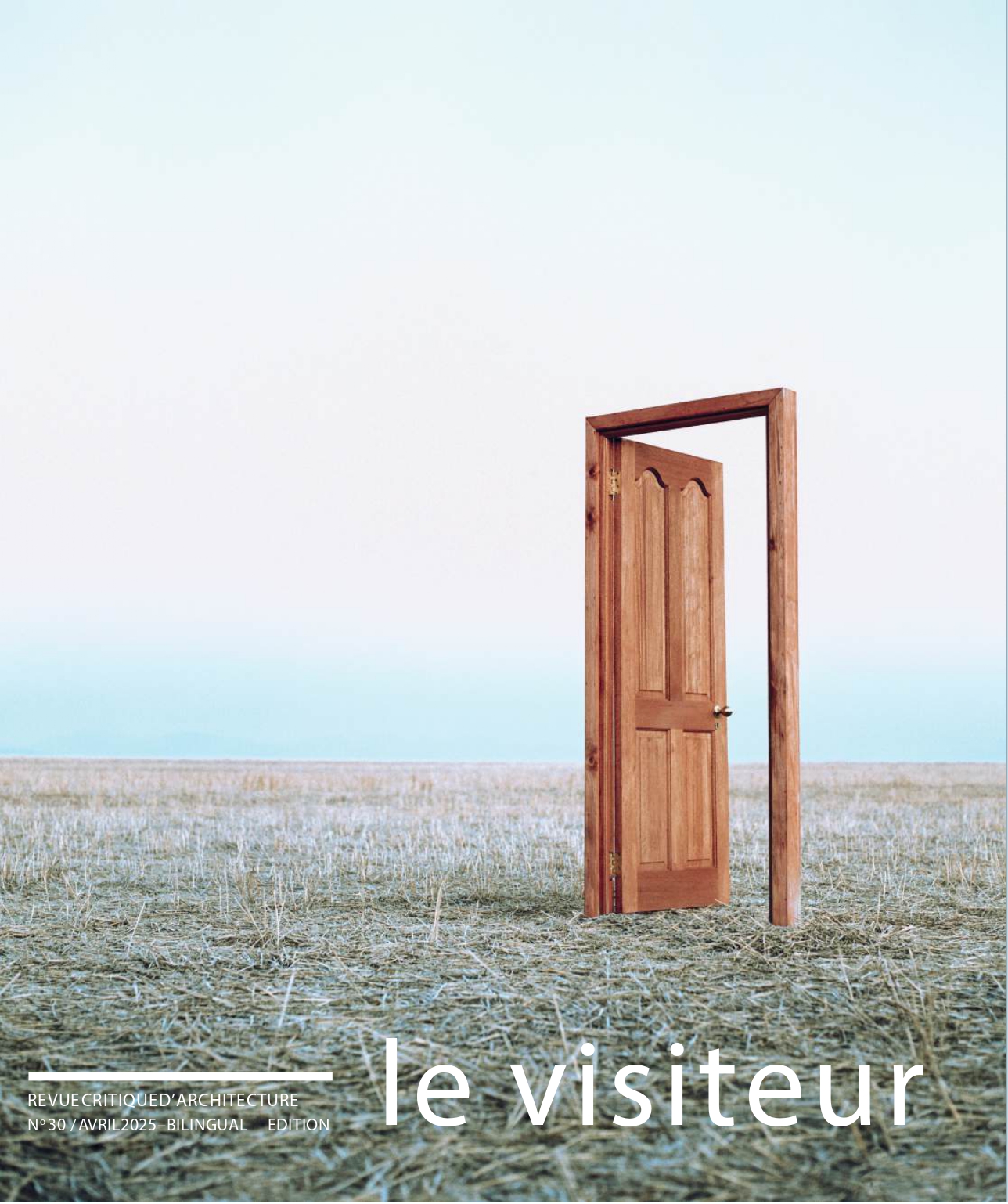
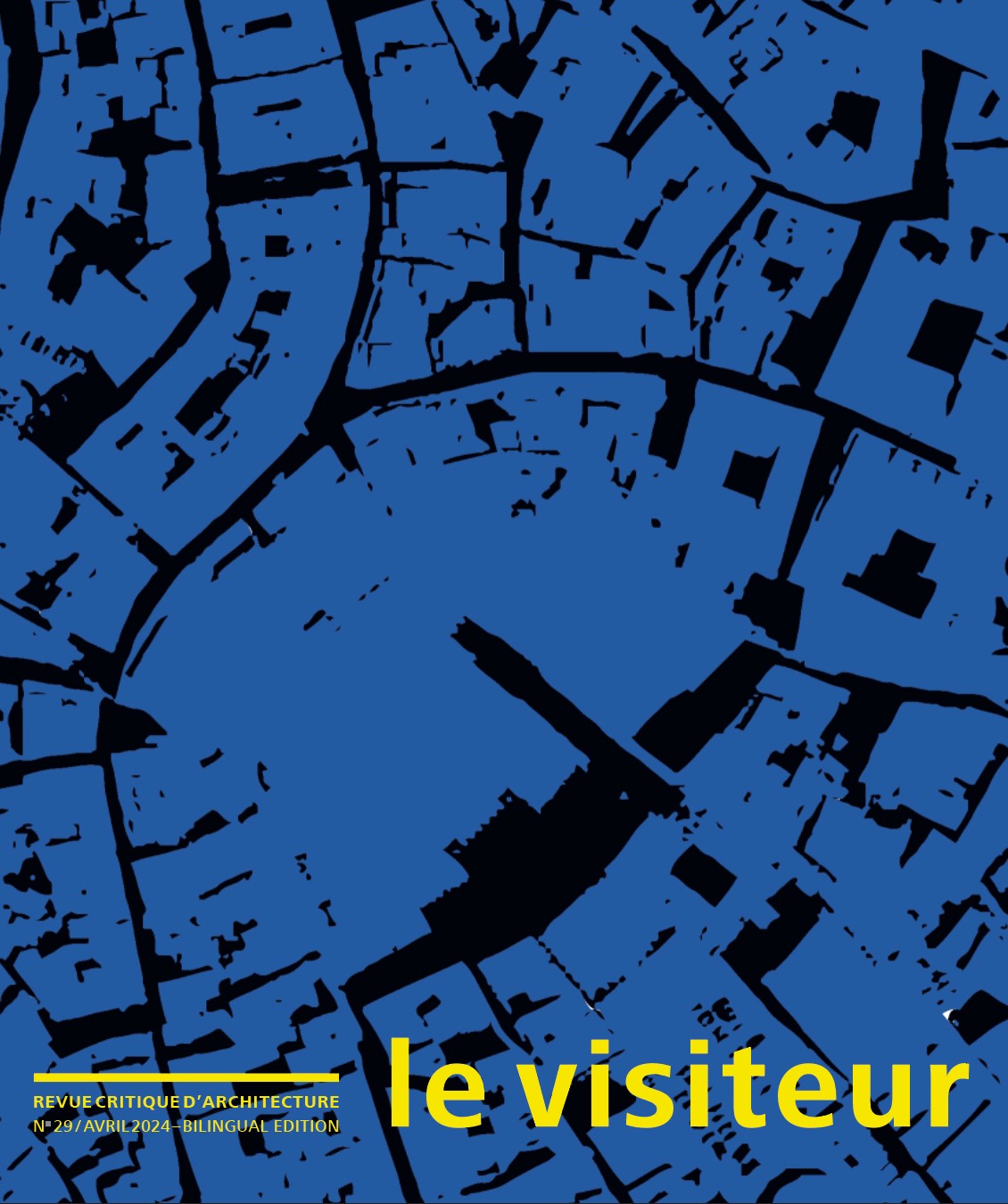
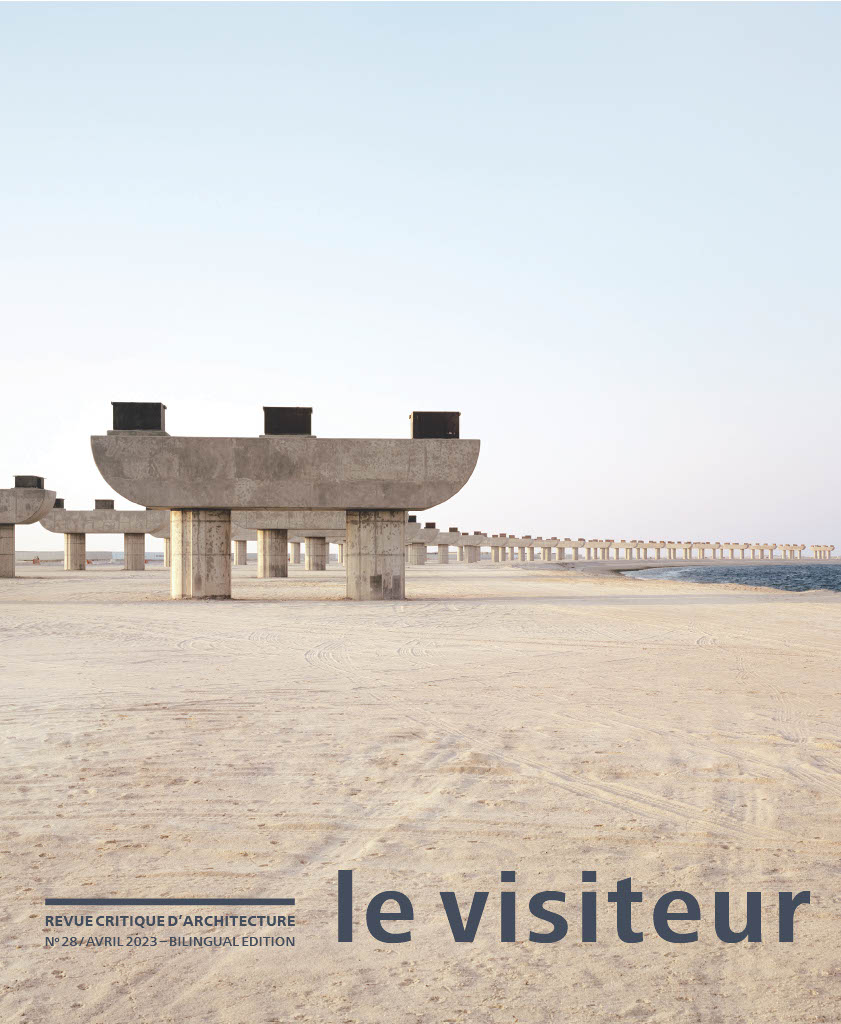
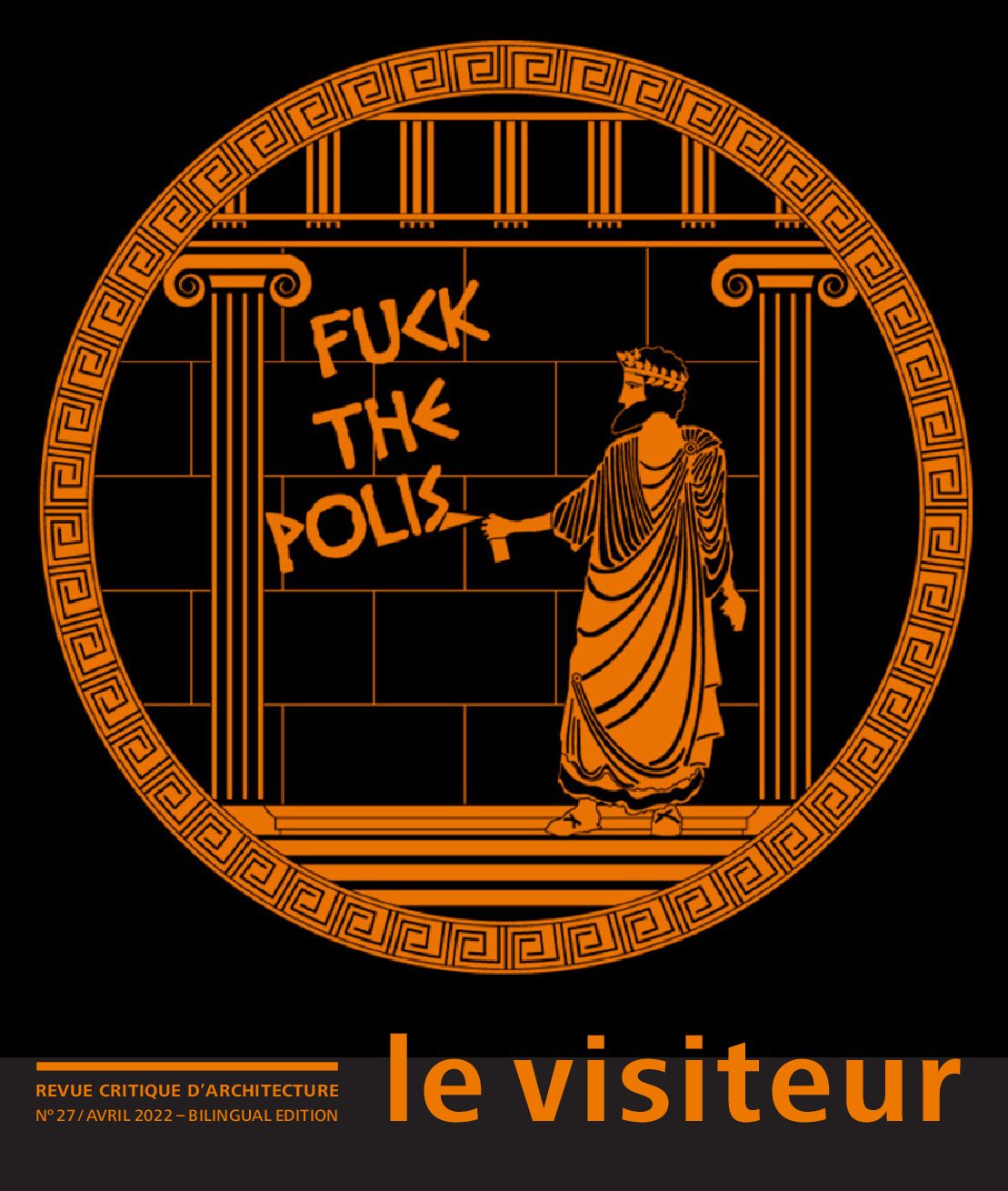
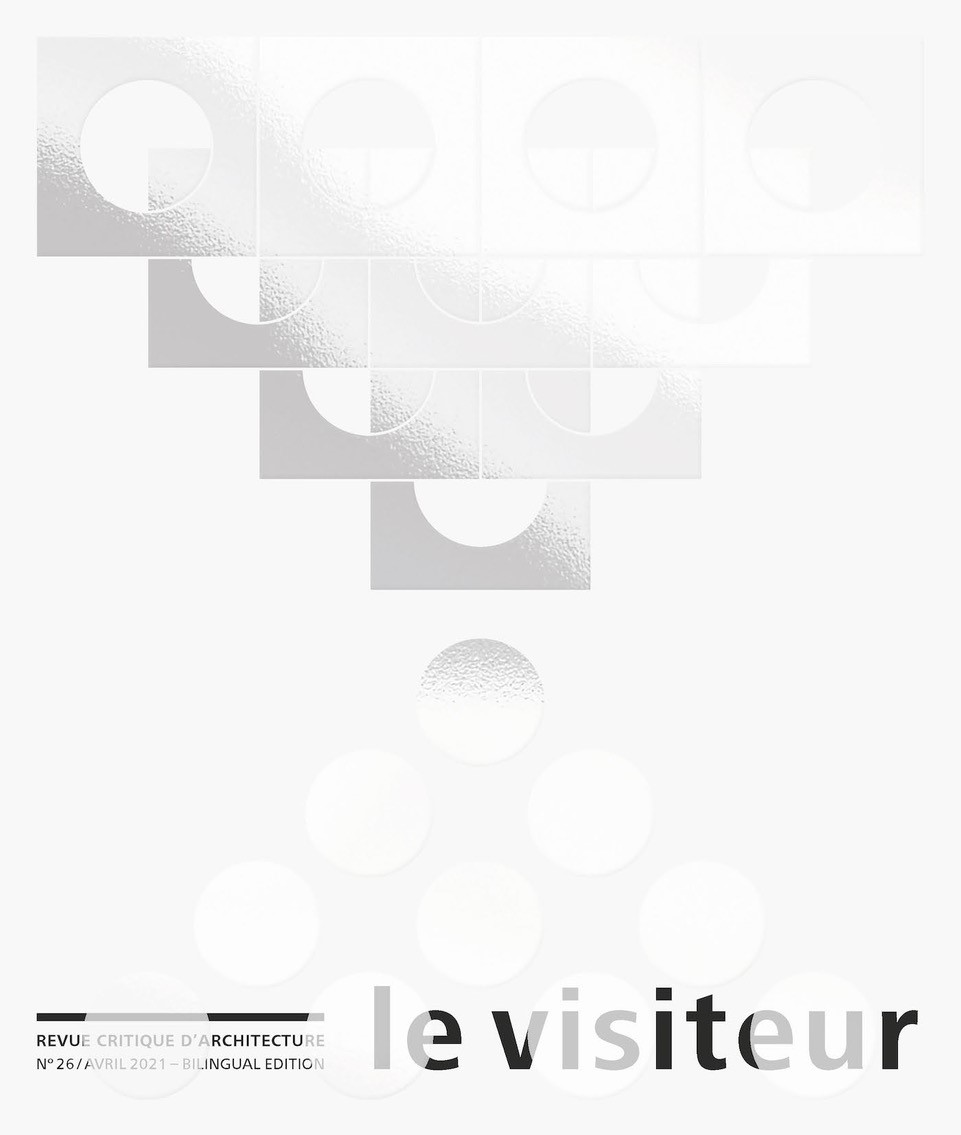
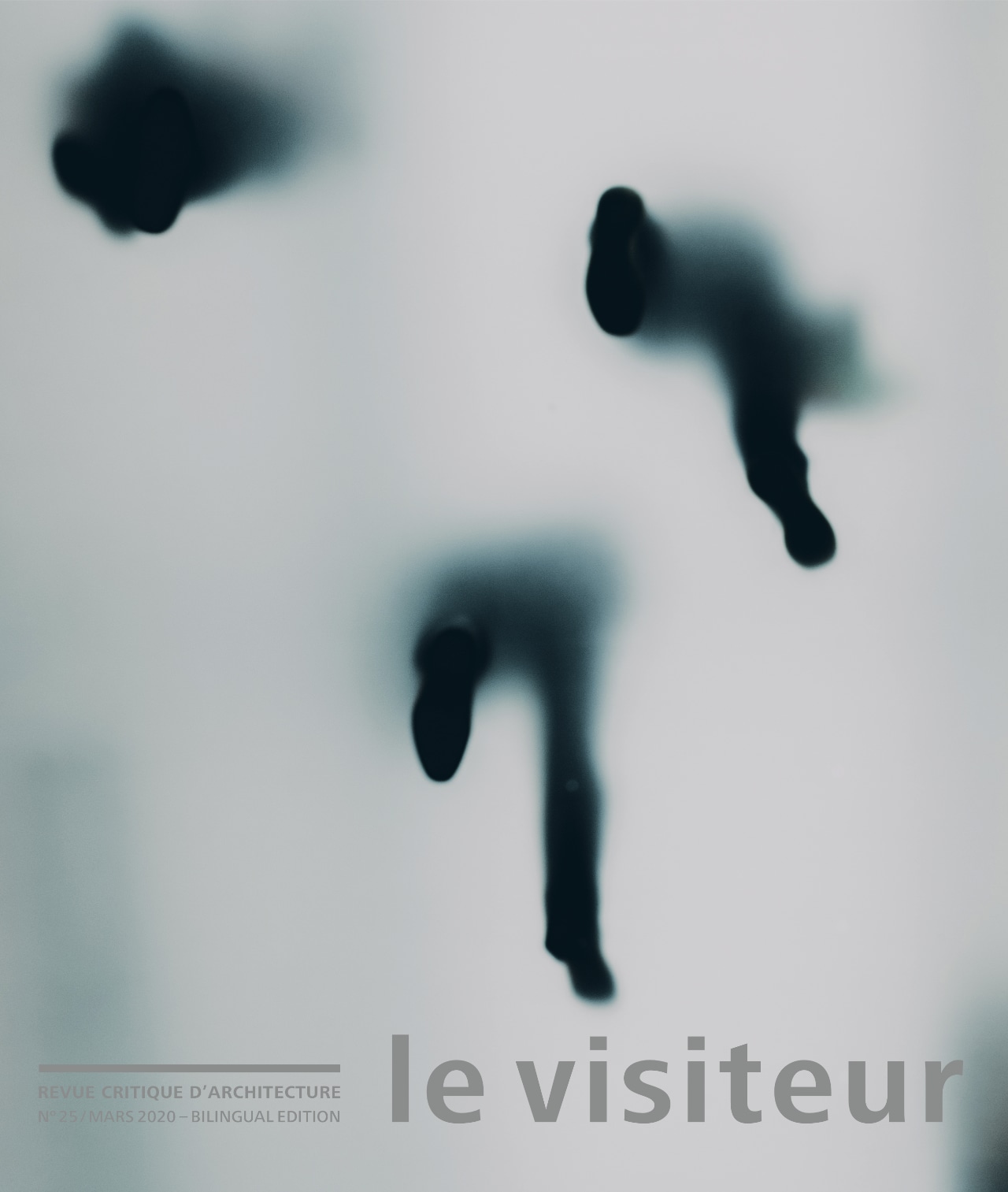


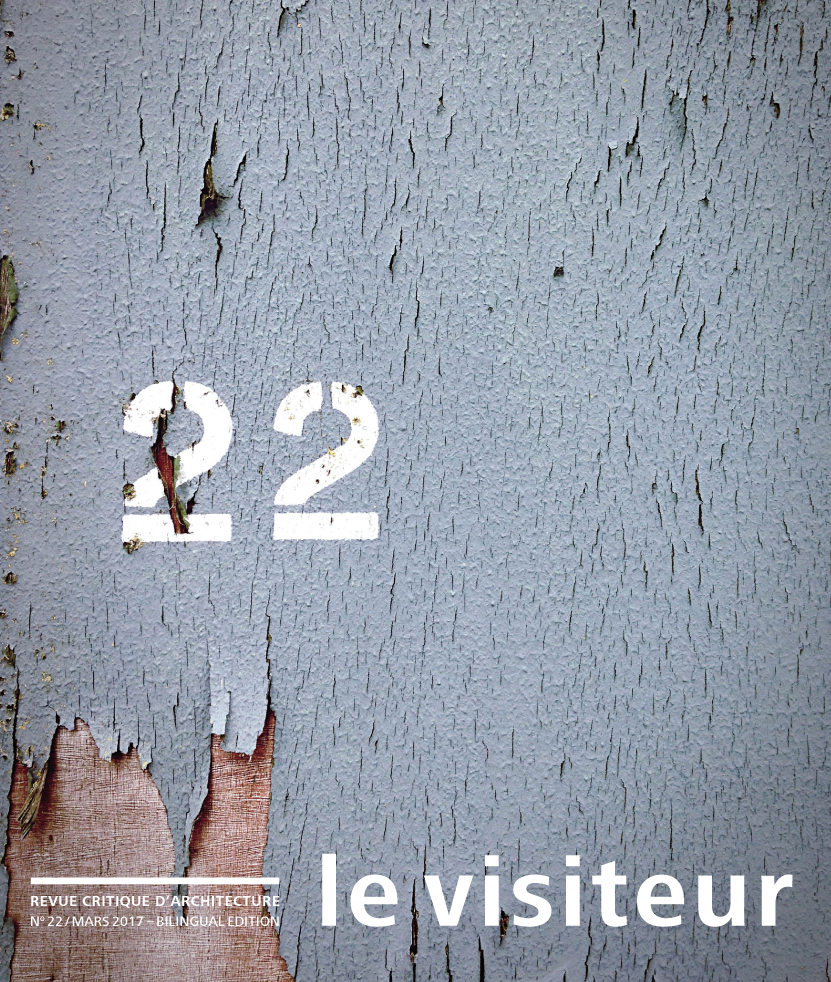

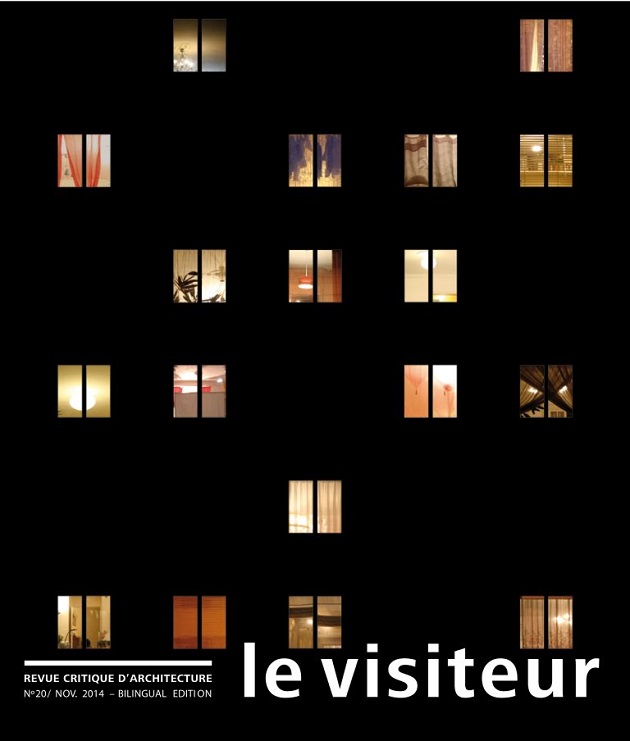


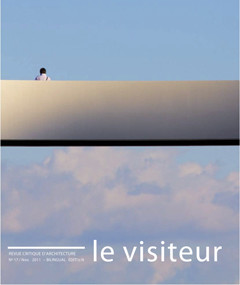
















Reviews
There are no reviews yet.